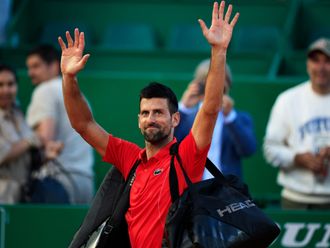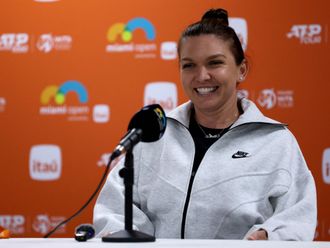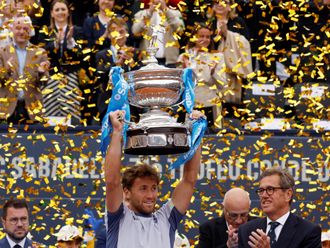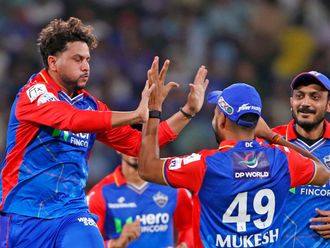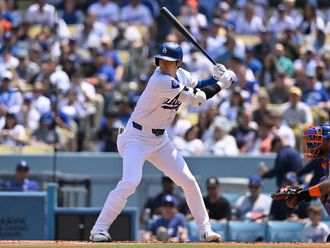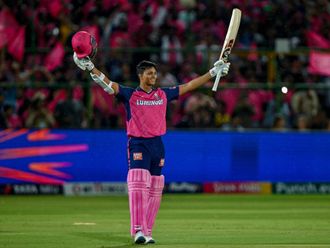Melbourne: Novak Djokovic has never played his next opponent, Gilles Muller, at the Australian Open, yet will intimately know what to expect through extensive video analysis.
The Serb world number one is renowned for his thorough match preparation, whether mentally, through his diet or on the practice court.
He keeps up to speed with his opponents by analysing their strengths and weaknesses through video research to give him the information of what to expect in his matches.
“It’s my job to know my colleagues, tennis players, especially if I get to play them, so I do my homework. I sit down with the team and prepare myself well with the video analysis,” he said.
“Many players have talent, great shape and tactics, but what usually makes the difference is not form or ranking, but mental preparation for the upcoming match. I also devote more attention to that.”
Djokovic is chasing a fifth Australian Open and eighth Grand Slam crown and looked on track with a comprehensive straight sets win over Spanish seed Fernando Verdasco in the third round in Melbourne on Saturday evening.
That has set him up with a round of 16 clash with Luxembourg’s 42nd-ranked Muller on Monday.
The top seed has never faced the left-hander but he will be ready, armed with a knowledge base from his team’s extensive analysis of Muller’s game.
“He’s got a great serve, lefty. So I think the match against Verdasco will help me in the next one, as well,” Djokovic said.
“He has a similar game, except he serves on volleys and he comes to the net. He has a nice slice serve. That’s his favourite.”
Djokovic wants no nasty surprises after world number two Roger Federer was dumped out of the tournament in the third round on Friday by Italian Andreas Seppi, who had not beaten Federer in 10 previous meetings.
“Gilles has struggled a little bit with injuries in the last couple years, but I think the last six months he has been playing some of his best tennis,” he said.
“He has played in the final in Sydney. Now fourth round winning against some top players, beating John Isner in straight sets is never easy.
“He has done that. So he deserves respect. I need to be very alert and hopefully I can return well, which is going to be one of the keys of the match.”
Leading players keep tabs on their opponents and their own performances in various ways.
World number three Rafael Nadal uses French Babolat technology on his racket in practice which records technical data on every ball he plays, from where the ball strikes the racket to what kind of shots he uses.
The information is then sent to software that can crunch the data into meaningful analytics — such as the number of shots, number of strokes, smashes, serves and impact zone on the string bed.
“When you finish practice it is a help to see how many forehands you played, how many backhands so you know you are doing the right thing,” Nadal said during the tournament.



